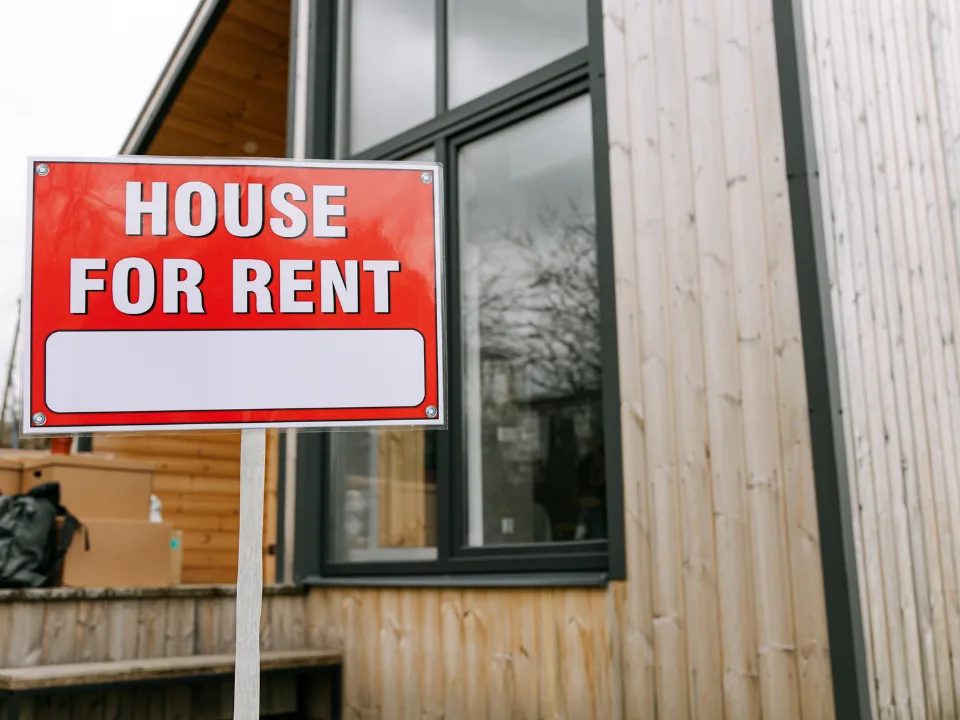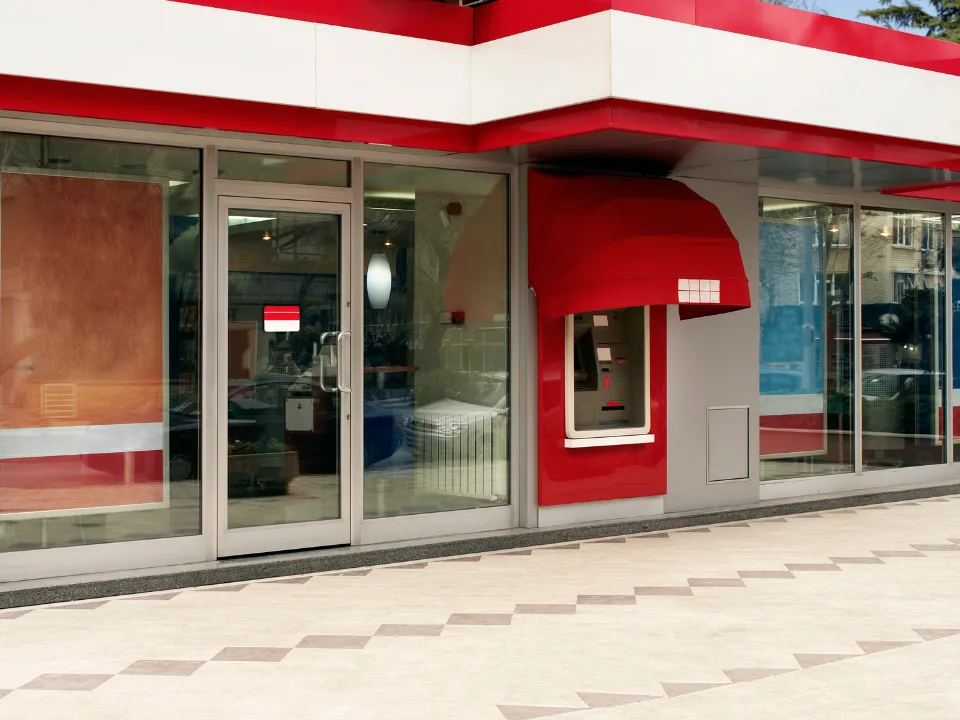- Unpaid balloon payments and tenant vacancies add to 1440 Broadway’s post-pandemic problem, tied to a non-performing $400M loan.
- The departure of key tenants like Macy’s (M) and WeWork, which declared bankruptcy, poses substantial obstacles to future loan performance.
- Declining rents, tenant instability, and loan issues underscore not only the problems at 1440 Broadway but also nationwide.
1440 Broadway, a well-known, century-old Midtown Manhattan office building, grapples with unpaid balloon payments and high tenant vacancies, a reflection of broader office sector struggles.
WeWork and Macy’s in trouble
1440 Broadway, one of the most recognizable Midtown properties, is feeling the pain. The $400M loan linked to the property reached a “serious delinquency rate” of 7%, mainly due to unpaid balloon payments.
Reasons for the delayed payments include lower post-pandemic office demand and rising interest rates, which have hit major tenants like WeWork and Macy’s (M) hard.
But 1440 Broadway is by no means an outlier. Nationwide, office loan delinquencies were up 70 bps MoM in April, notching the worst numbers across major CRE categories.
Tenants dropping like flies
The unholy trifecta of falling rents, tenant turmoil, and higher interest rates is difficult to overcome. When the $400M loan was first underwritten, the building was 93% occupied. Now it’s just 58% occupied, according to JPMorgan and Costar data.
However, despite a 52% loss in rental income, efforts to amend leases and modify terms may offer a glimmer of hope for the landmark office building’s future. 1440 Broadway’s survival hinges on successfully navigating troubled loans and cooperating among stakeholders to find sustainable solutions.
Why It Matters
The case of 1440 Broadway highlights ongoing complexities and challenges in the U.S. CRE market, particularly when it comes to managing troubled loans and tenant disruptions. As delinquency rates rise, the industry as a whole is modifying loans and extending repayment terms to maintain stability.

















